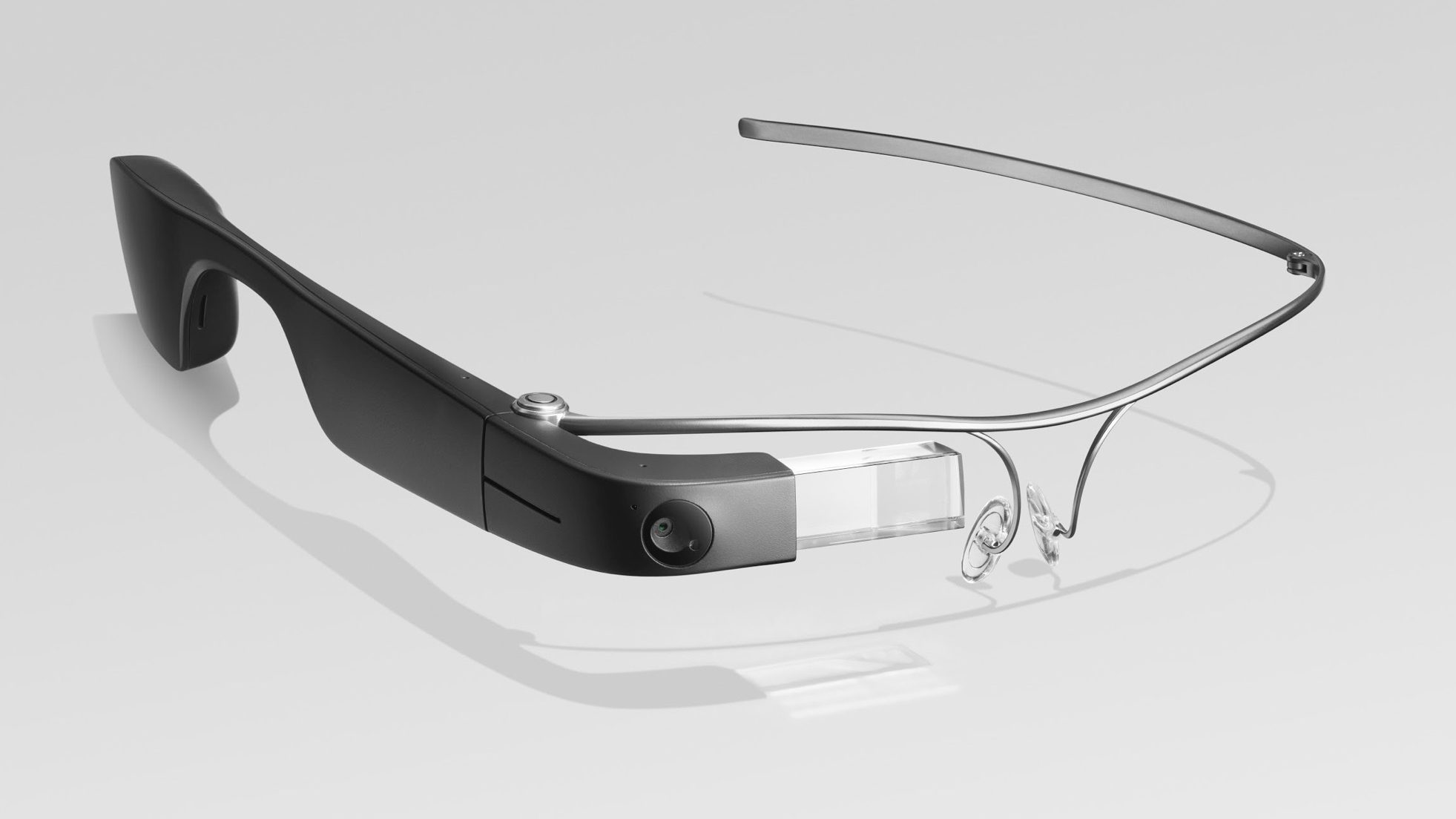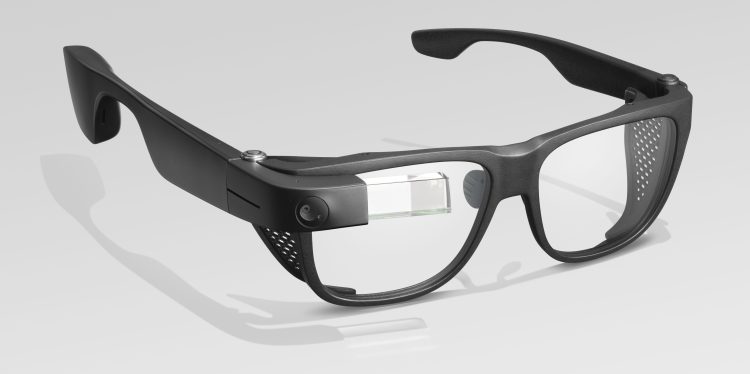testsetset
Six years after Google Glass was unveiled, it goes without saying that the first major augmented reality headset wasn’t the massive success some imagined: The $1,500 Enterprise Edition was ultimately pitched almost exclusively to businesses, and after less than two years, the company had to tell people it hadn’t been abandoned. It’s been a while, but Google is today ready to officially unveil Google Glass Enterprise Edition 2, a followup with a faster processor, improved camera, and new Smith Optics frames — now for $999.
The sequel has been publicly in the works for long enough to qualify as an open secret, having been outed with FCC filings and apparent benchmarks last year. But there’s more to the story: While leaks suggested it would feature a Qualcomm Snapdragon 710 processor, it’s actually arriving with a superior Snapdragon XR1 chip, which Google touts as offering significantly more processing power, greater energy efficiency, and support for both AI and computer vision. The chip has a 1.7GHz clock speed with four cores, and overall battery life is now up to 8 hours between recharges with an 820mAh cell.
Google also says that it’s bumping the camera from 5MP to 8MP in still resolution, with 720p video support, but it didn’t have anything to say about enhancements to Glass’ display. Prior models included a 640 by 360 pixel screen inside a clear, prism-shaped box in front of one eye, and that is still the case with Glass 2; a Google representative merely described it as “similar.”
Optional Smith Optics safety frames are perhaps the most eye-catching change. Glass 2 appears to house almost all of its hardware inside the right stem, with asymmetrical bulges on that side, while the front can use hip, thick plastic lens frames instead of a rimless design — there’s also a thin wired frame closer to the original model. The new model also adds a USB-C port for faster recharging, and features both Bluetooth 5 and Wi-Fi 5 support.

On the software side, Google says that Glass Enterprise Edition 2 will be easier to develop for, as it’s built on Android and can leverage existing APIs, as well as Android Enterprise Mobile Device Management for scaled deployments. As benchmarks suggested last year, it runs Android 8.1 Oreo, but with both Android Pie and Q now in the wild, it could get an update in the future.
Google is taking orders for the Glass Enterprise Edition 2 starting today. While the company’s own MSRP is $999, third-party pricing will vary based on the partner it’s sourced from, with some companies offering installment plans and/or supplementary services that may make it more or less affordable.

